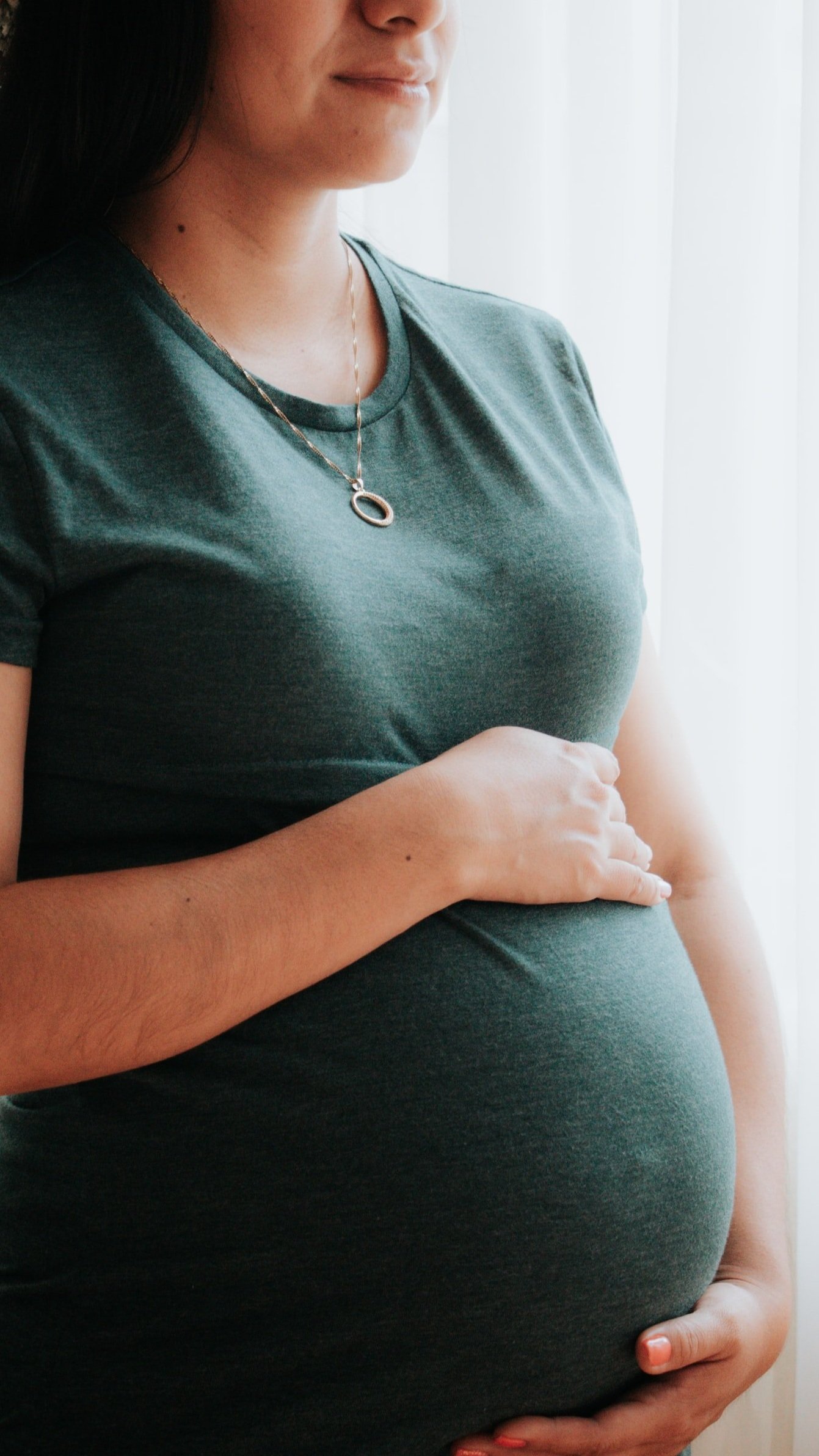Worried about tearing at birth? If so, you are not alone. Although no guarantees (for example baby can come out with their hand by their head - compound presentation, that can result in lacerations), there are things you can do to help prevent tearing during pregnancy and at birth, even if you tore or had episiotomy previous birth. I have helped many mamas not tear or not tear enough to need stitching repair, despite the most serious of tears last time.
First off, say NO to routine episiotomy, in which the provider cuts your perineum and vagina at birth. It is is not only one of the most harmful, painful and unnecessary routine obstetric procedures, but also can lead to more serious tearing extending to the anus (third degree) and even the rectum (fourth degree). Make sure you maintain excellent nutrition, take in low glycemic foods and drink (especially if previous tear was related to baby’s large size - white four, fruit juices and sugar foods tend to grow bigger babies), avoid toxins like smoking, encourage baby anterior as you get close to term to prevent posterior positioning - I go into all this in more depth in my Natural Birth Secrets book 2nd edition. Research is conflicting about benefit of simple perineal massage to prevent tearing. What is more clear according to the research are devices specifically made to stretch vaginal and perinal muscles. In the last three to four weeks of pregnancy, you can prepare the muscles of your birth canal with one of the researched effective, pelvic floor medical training devices like Epi-no, or Aniball (easier to get in the US) as athletes and dancers stretch before working out or performing to prevent injury. They are like a balloon of sorts, that you insert into your vagina and gradually inflate 15-20 minutes daily, over a period of time to the size of baby’s head. They not only significantly reduce the risk of tearing or episiotomy, they also help you feel more prepared physically and mentally (and get a sense of what it feels like to have your birth canal stretch to the size of baby’s head so you relax into it), they ease childbirth, prevent stress urinary incontinence and been demonstrated to have other important benefits from reduced length of second stage of labor to improved Apgar scores - less fetal distress during the pushing phase. Incorporate the practice into your love making and have fun with it. Many mamas in my practice and midwives around the world swear by them, and urge first timers as well as mamas who have had more severe tearing or episiotomy previously to use them because of their successful results.
At the time of birth, to try to prevent tearing, you can honor the resting phase of labor, between end of transition and before feeling the urge to push. Wait for that powerful instinctual urge to bear down, when the baby descends low enough in your birth canal to elicit your natural fetal ejection reflex, and then use soft blowing breaths, to gently allow the emergence of your baby without forced coached pushing or pushing before you feel the urge, especially just because you are told your’e fully dilated. Gentle grunts to work with your body’s natural urges are not the problem. Avoid birthing positions like lithotomy (lying on your back with legs in stirrups, a flat surface or held wide open) or deep squatting. Use more upward, forward leaning, hand and knees or side lying, standing or dangling high squat positions, and if you are concerned, ask for perineal support by your attendants or have a water birth. I discuss this more comprehensively in my Love Your Birth Online Guide to Pregnancy, Childbirth, Postpartum, Breastfeeding and Newborn Care - mega prep course.
You make plans for the best outcome, then surrender to the journey. Lean into the wondrous intensity of it all.








